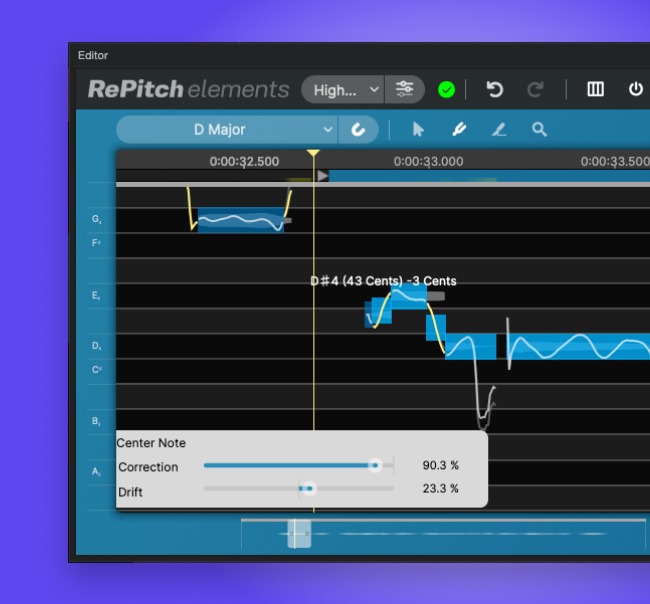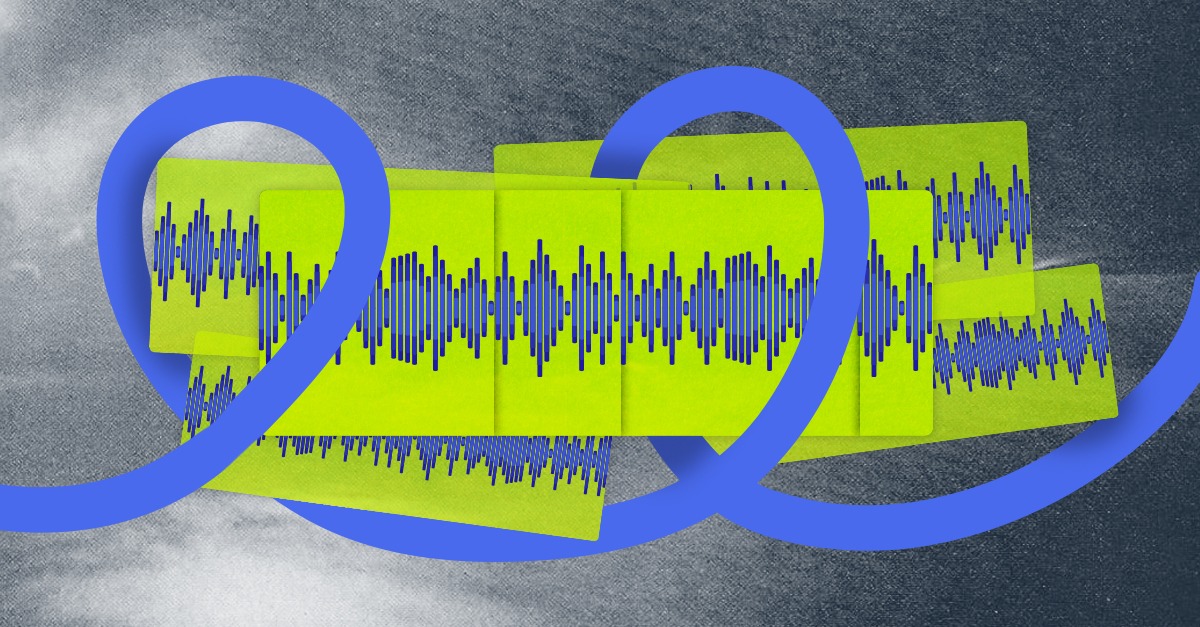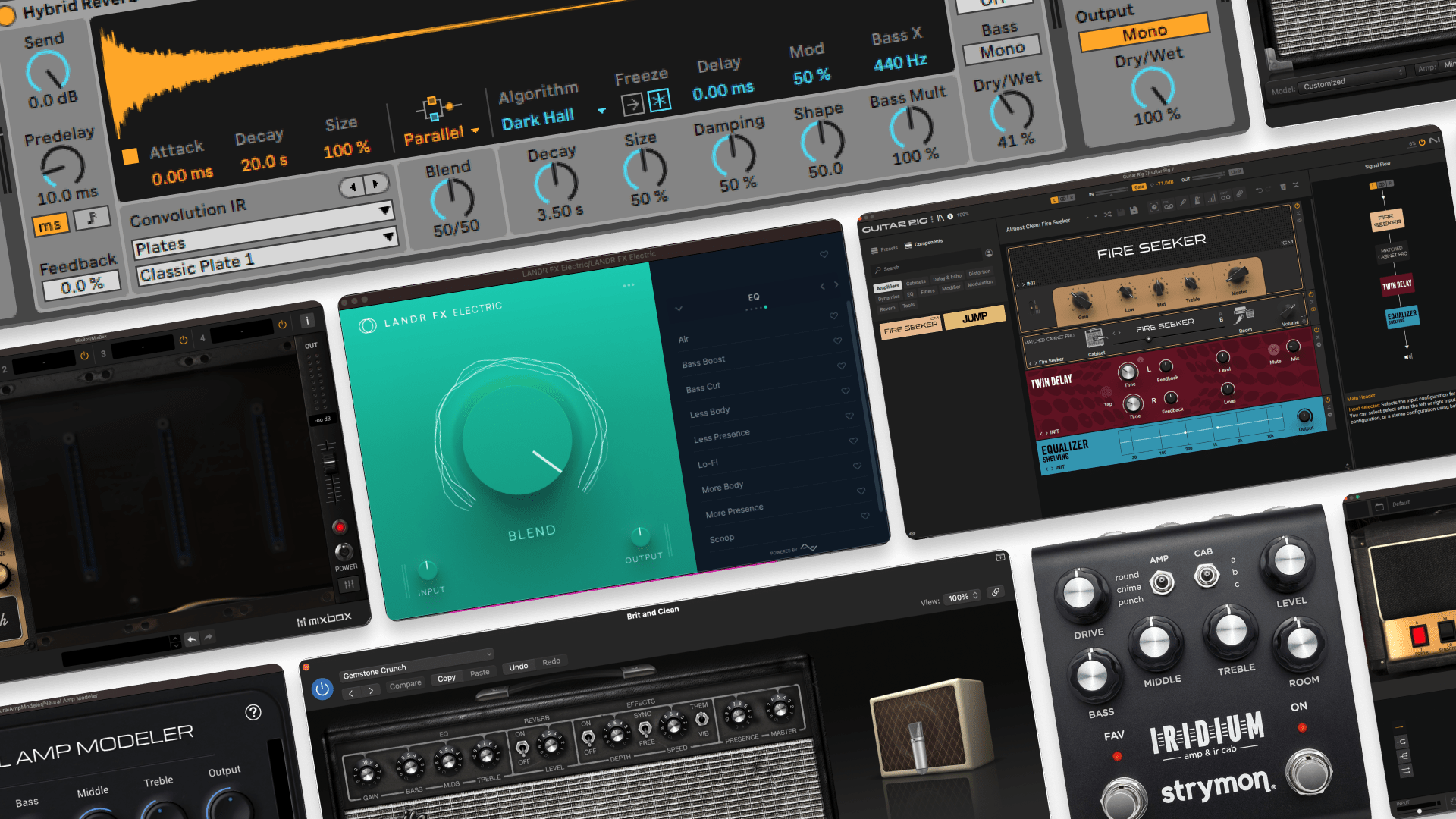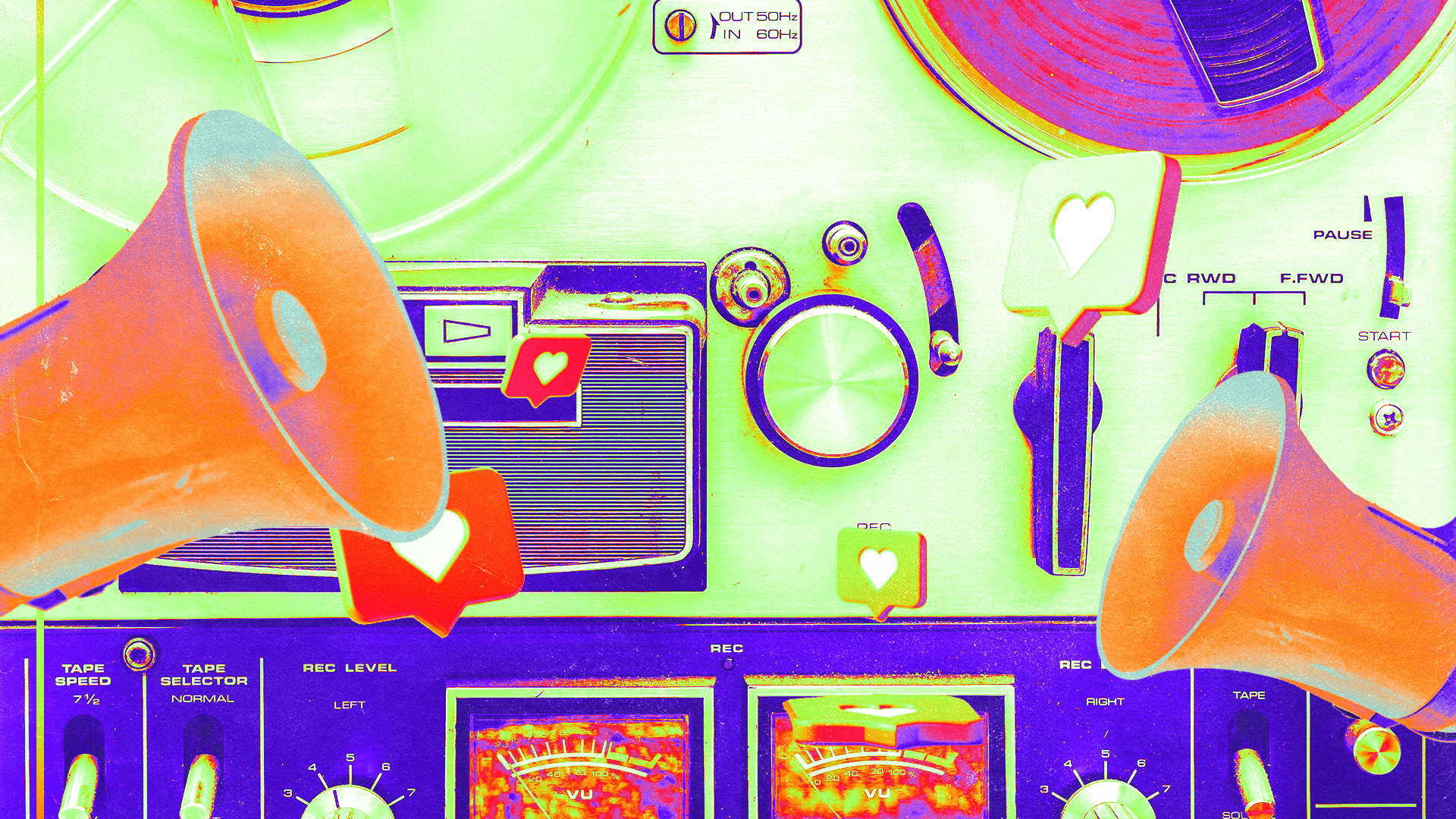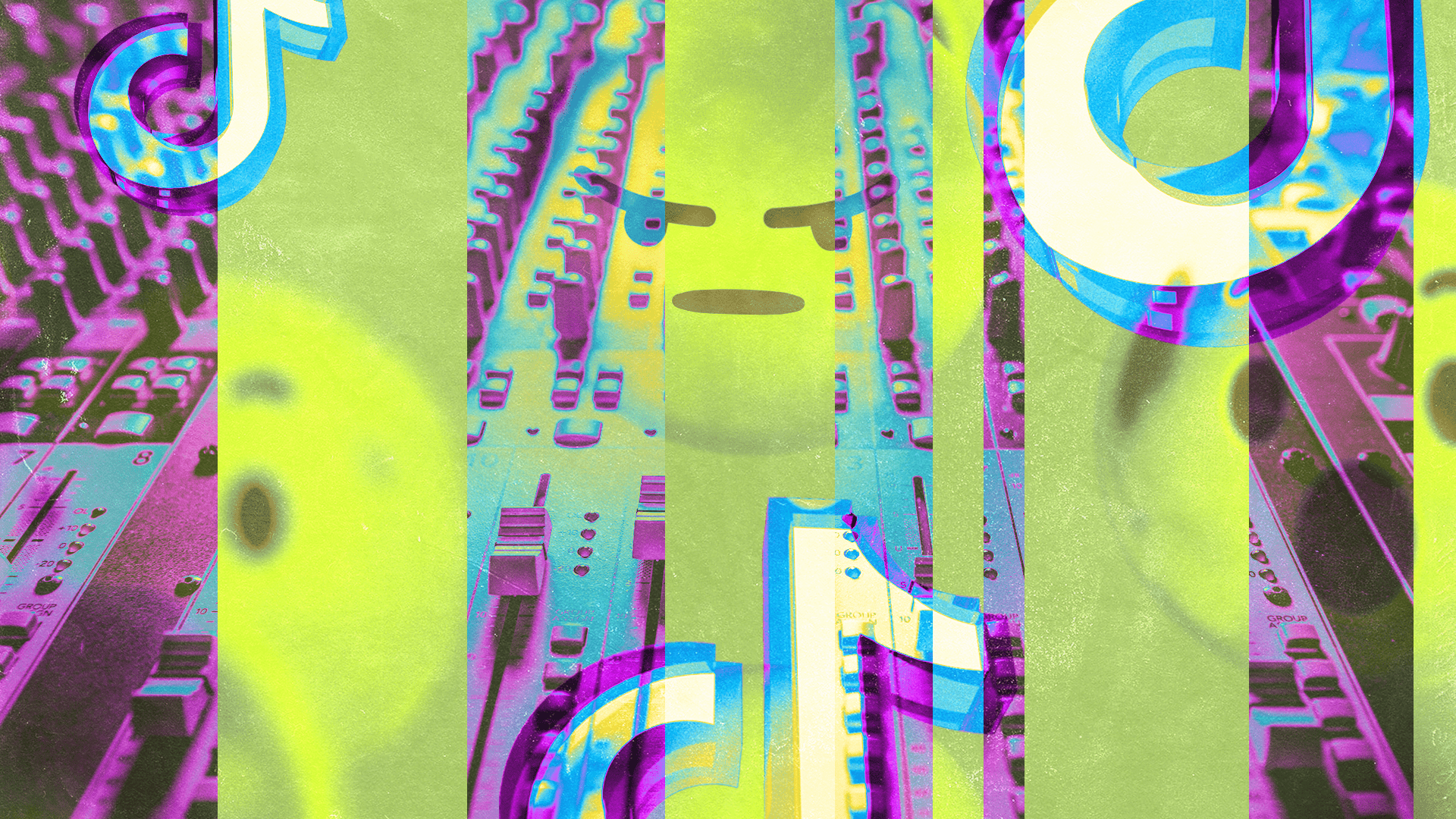
What is ARA2? How Next-Gen Plugins Will Change Your DAW Workflow

Today’s DAWs are advancing fast to meet the needs of modern producers.
As tools like advanced pitch correction become common in production workflows, deeper integration between recording apps and third party plugins is required.
That’s where ARA2 comes in.
Developed in collaboration with some of the most well-known music tech brands, the technology stands to change how artists, engineers and producers work with audio inside a DAW.
In this article I’ll explain ARA2, break down what it can do and why it’s important for music creators.
Let’s get started.
What is ARA2?
ARA stands for Audio Random Access. It’s an audio plugin extension that enables greater communication with your DAW.
Developed in 2018 as a joint effort between Presonus and Celemony, ARA2 is now available in major DAWs like Pro Tools, Logic Pro and Studio One.
Using this technology, next-gen plugins can work as seamlessly as traditional editing processes in your DAW.
However, ARA2 offers deeper integration between DAWs and plugins than ever before. It enables new ways to work that can save significant time and effort.
ARA arose from the needs of some types of plugins to access audio files on the timeline directly.
This is especially important for editing plugins that need to analyze the information contained in an audio file in order to manipulate it.
Why is ARA2 important?
ARA2 solves one of the biggest roadblocks producers encounter using certain types of plugins.
A clear example is with vocal pitch correction tools.
In the past, segments of audio would need to be manually inputted to the plugin’s own memory before processing.
This meant producers had to enable audio capture and playback segments on the timeline in order to manipulate them with the plugin.
In addition to requiring extra steps, this process created a new audio file that was often stored outside the main media folder.
If you changed the information on the timeline without re-capturing it in the plugin, you’d have a confusing mismatch on playback.
Not only that, producers needed to commit their changes by printing a finished audio file to the timeline after editing.
If that sounds like a lot of work, it certainly is!
Instead of tackling pitch editing early in the mix, many engineers put off the process as long as possible. As a result, they would reserve an entire step in their workflow for pitch correction.
ARA 2 changes all that, with plugin-based workflows becoming indistinguishable from DAW-based operations.
Not only that, ARA 2 allows bi-directional communication between DAW and plugin.
This allows the DAW to harness parts of a plugin’s tech for operations such as audio-to-MIDI conversion.
Which plugins use ARA2?
Due to the unique advantages of ARA2 integration for pitch correction, many of the leading manufacturers support it in their products.
But there are plenty of other applications that take advantage of its powerful integration to provide even better DAW workflows.
Here’s a few notable plugins that work with ARA2.
1. Synchro Arts RePitch
RePitch in Logic via ARA2.
Vocal experts Synchro Arts have been involved in ARA since the early days.
Their latest entry into the vocal pitch correction market offers robust ARA2 integration.
That means you can use it with supported DAWs with off the shelf support for the improved pitch workflow.
2. Celemony Melodyne
Deep Melodyne integration within Pro Tools.
Celemony was one of the original partners in the development of ARA.
Their push to define the technology was informed by the needs of producers working with Melodyne.
Now available directly inside Pro Tools, ARA2-enabled Melodyne brings together two of the most powerful pro applications in the industry.
Gone are the days of capturing audio from the timeline to the Melodyne plugin. Instead, Melodyne window now appears natively within the Pro Tools UI.
That means you can use all of Melodyne’s classic tools instantly at any point in your workflow.
3. Steinberg Spectralayers
Manipulating the spectrum with ARA2 and Spectralayers.
Spectral editing is the future of audio manipulation techniques.
By viewing and manipulating information in the frequency domain vs the time domain, all sorts of new possibilities emerge.
Steinberg’s Spectralayers gives you access to everything spectral processing has to offer with the convenience of direct DAW access via ARA2.
4. Synchro Arts Vocalign
Instant alignment of tracks in Logic Pro.
Synchro Arts breakthrough Vocalign plugin makes it simple and automatic to improve the accuracy of vocal double tracks.
If you’ve ever taken the time to nudge vocal tracks together by hand, you know how much effort it can save!
Luckily, Vocalign is even easier to use with the adoption of ARA technology.
Available inside Logic Pro, Vocalign’s already streamlined workflow is even faster.
5. Izotope RX
RX ARA2 integration in action.
Izotope’s RX suite of audio restoration tools is quickly becoming the industry standard for repairing audio.
But since its most powerful operations live inside the standalone app, moving data back and forth has long been a concern.
ARA2 access to Music Rebalance makes some of RX’s most powerful capabilities easier to use as ever before.
Currently available in Logic Pro, ARA2 access may expand to other DAWs in the future.
Audio random access 2
Audio plugin technology gets more advanced every year.
With breakthroughs like ARA2, there’s no sign that technological progress is slowing down.
If you’re looking for a next generation workflow with your advanced editing plugins, keep an eye on ARA2.
Gear guides, tips, tutorials, inspiration and more—delivered weekly.
Keep up with the LANDR Blog.

